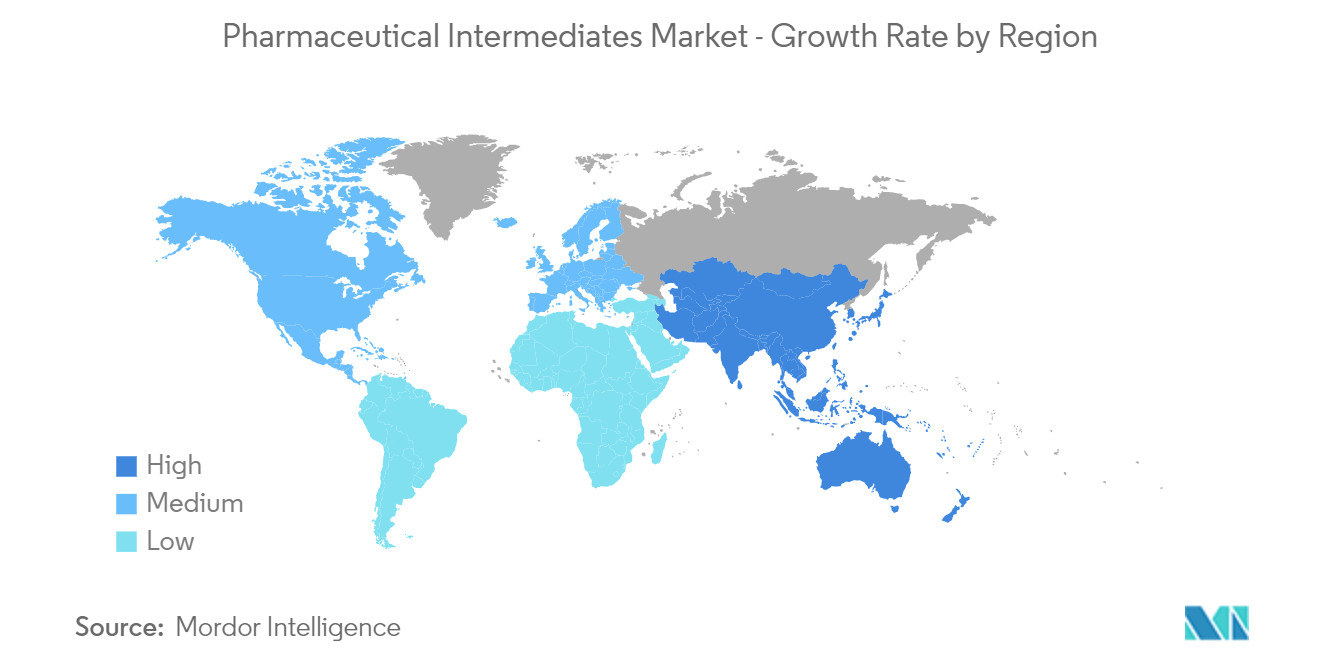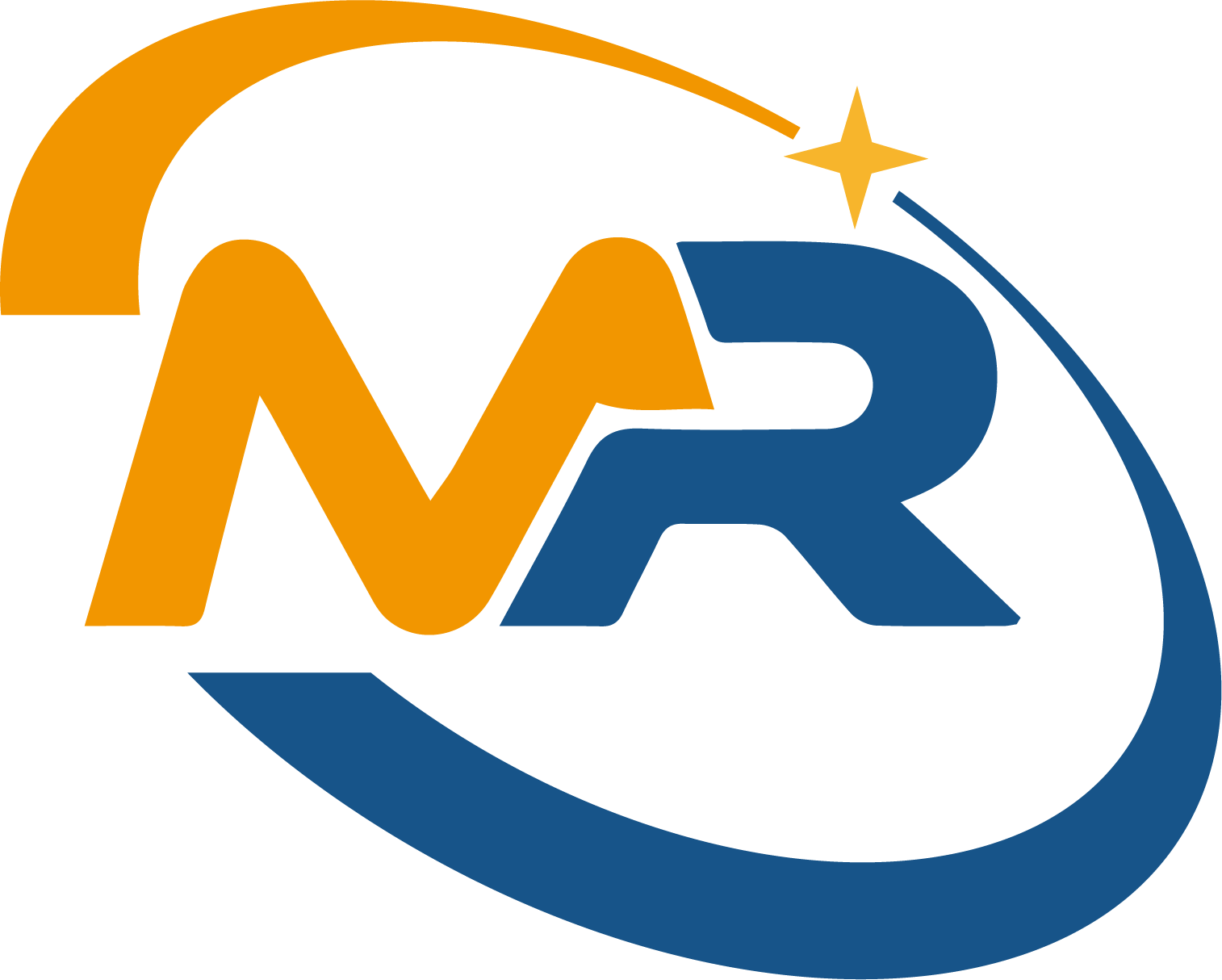
Pharmaceutical intermediates generally refer to semi-finished products, in fact, some chemical raw materials or chemical products used in the process of drug synthesis. This chemical product does not need a pharmaceutical production license, can be produced in ordinary chemical plants, as long as it reaches a certain level, can be used in the synthesis of drugs.
Sources of pharmaceutical intermediates
Intermediates are made of circular compounds such as benzene, naphthalene and anthracene by sulfonation, alkali melting, nitration, reduction and other reactions. Originally refers to the use of coal tar or petroleum products as raw materials to synthesize spices, dyes, resins, drugs, plasticizers, rubber promoters and other chemical products in the process, the production of intermediate products.
The role of pharmaceutical intermediates
Drug production requires a large number of special chemicals. Most of these chemicals were originally produced by the pharmaceutical industry itself, but with the deepening of social division of labor and the progress of production technology, the pharmaceutical industry has transferred some pharmaceutical intermediates to chemical enterprises for production. Pharmaceutical intermediates belong to fine chemical products, the production of pharmaceutical intermediates has become a major industry in the international chemical industry.
Promising pharmaceutical intermediates
More THAN 2000 KINDS OF RAW MATERIAL AND INTERMEDIATE ARE NEEDED WITH CHEMICAL INDUSTRY EVERY YEAR, DEMAND AMOUNTS TO MORE THAN 2.5 MILLION TONS. After more than 30 years of development, and because our resources are relatively abundant, the price of raw materials is low, there are many intermediates realize the large amount of export.
1. Nucleoside intermediates: The anti-AIDS drugs synthesized by such intermediates are mainly zidovudine, which is produced by Glaxo. Two companies, Wellcome and Bristol-Myers Squibb.
2. Cardiovascular intermediates: For example, synthetic sartan drugs have become widely used in the treatment of hypertension due to their advantages such as more thorough antihypertensive effect, fewer side effects, long efficacy (can stably control blood pressure for 24 hours) and combination with other sartan drugs. According to statistics, in 2015, the global demand for major sartan drugs (losartan potassium, olmesartan ester, valsartan, Irbesartan, telmisartan, candesartan ester) reached 3300 tons. Total sales were $21.063 billion.
3. Fluorinated intermediates: Fluorinated drugs synthesized from these intermediates have developed rapidly in recent years due to their excellent efficacy. In 1970, only 2% of fluorinated drugs were on the market, but in 2013, the number increased to 25%. Representative products such as fluoroquinolones anti-infective drugs, antidepressant fluoxetine, antifungal fluconazole and other drugs account for a relatively high proportion in clinical use, among which fluoroquinolones anti-infective drugs account for about 15% of the global anti-infective drugs market. In addition, trifluoroethanol is an important intermediate in the synthesis of anesthetics, while trifluoromethylaniline is an important intermediate in the synthesis of antimalarial drugs, anti-inflammatory and analgesic drugs, anti-prostate drugs, antidepressant drugs, and the market prospect is also very broad.
4. Heterocyclic intermediates: represented by pyridine and piperazine, which are mainly used in the synthesis of anti-ulcer drugs, bulk gastric drugs, anti-inflammatory and anti-infection drugs, high-efficiency antihypertensive drugs and anti-breast cancer drug letrozole.
Post time: Nov-01-2022
